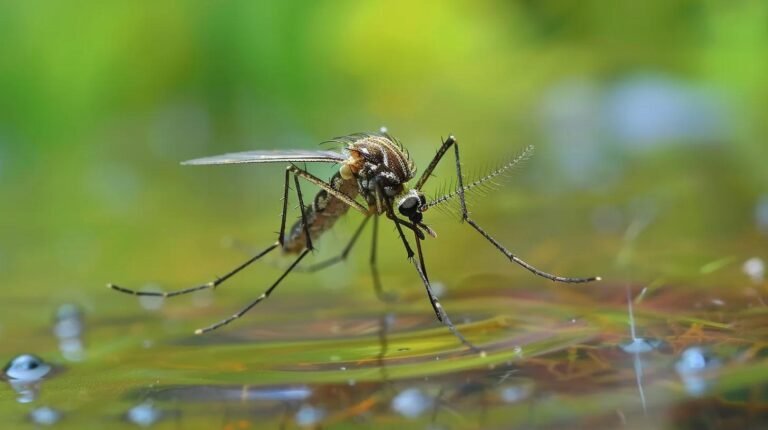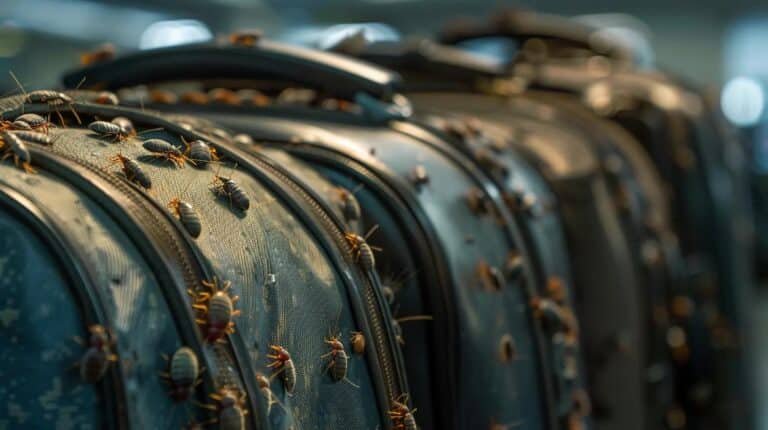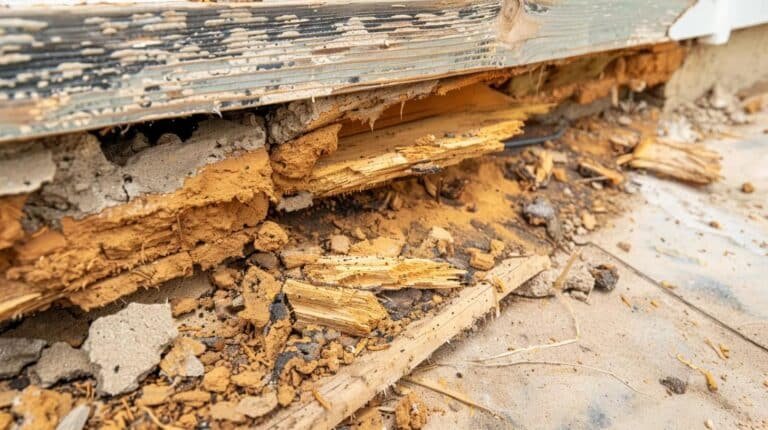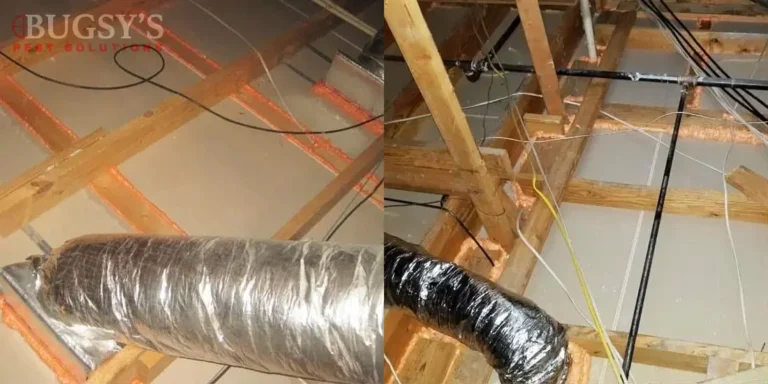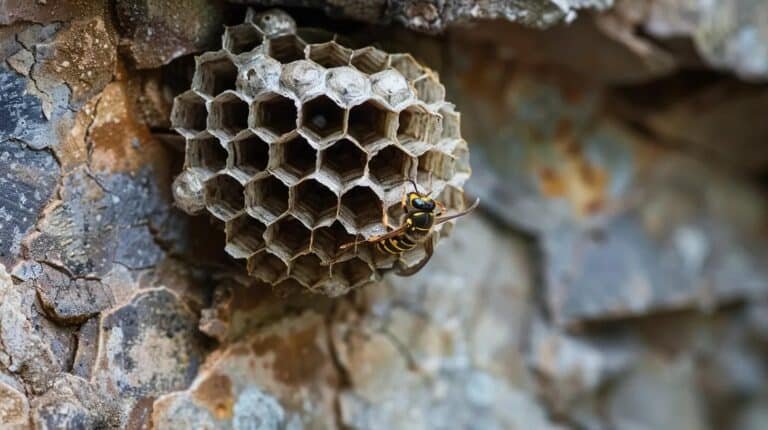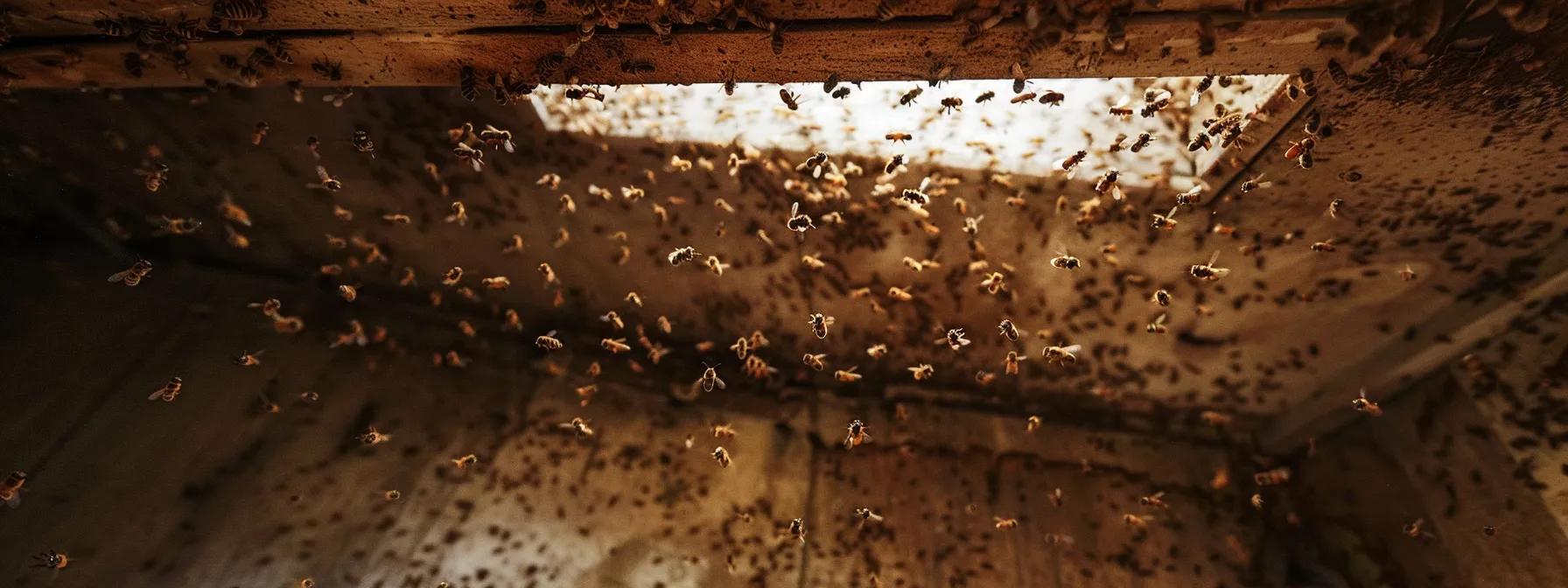
How to Identify and Respond to Bee Activity on Your Property
Florida’s year-round warm climate makes it a haven for various bee species, but not all bees buzzing around your property are the same. Understanding the critical differences between honey bees and Africanized bees could quite literally be a matter of life and death. At Bugsy’s Pest Solutions, we’ve encountered both species throughout Palm Beach and Broward Counties, and we want to help homeowners stay safe while protecting these important pollinators.The Buzz About Florida’s Bees
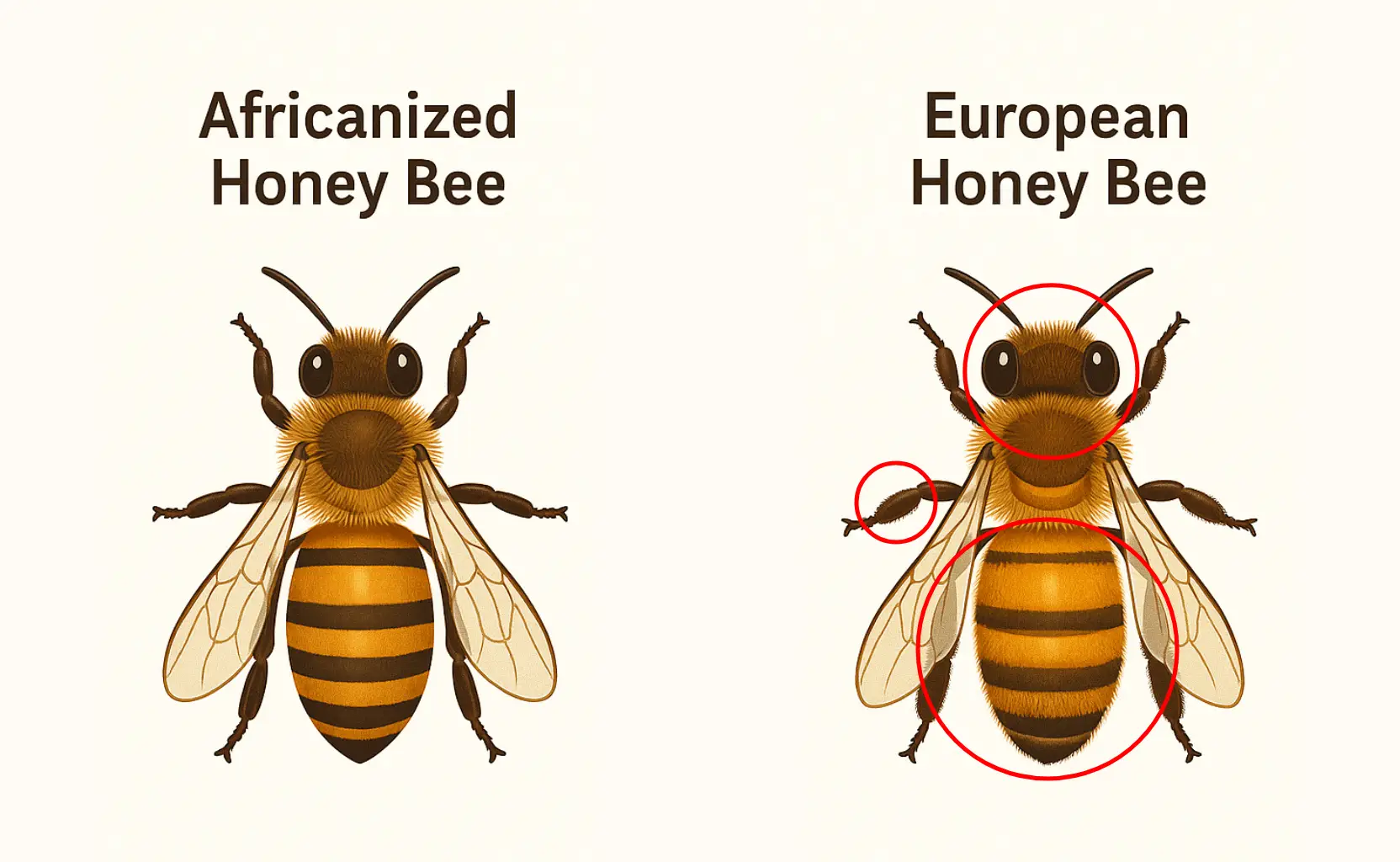
European Honey Bees: The Gentle Giants
European honey bees are the foundation of Florida’s agricultural industry and play a crucial role in our ecosystem. These bees are generally docile and only sting when directly threatened or when defending their hive.Key Characteristics:- Size:½ to ¾ inches long
- Color:Golden-brown with darker bands
- Temperament:Generally calm and non-aggressive
- Hive behavior:Organized, less likely to swarm aggressively
- Sting behavior:Single sting, then dies
- Colony size:20,000 to 100,000+ bees
Africanized Bees: The Defensive Defenders
Africanized bees, often called “killer bees,” are actually a hybrid of European honey bees and African honey bees. While they look nearly identical to European honey bees, their behavior is drastically different and potentially dangerous.Key Characteristics:- Size:Slightly smaller than European honey bees
- Color:Very similar to European honey bees
- Temperament:Highly aggressive and defensive
- Hive behavior:Quick to swarm, attack in large numbers
- Sting behavior:Multiple stings, persistent pursuit
- Colony size:Often smaller but more aggressive
Critical Behavioral Differences
Aggression Levels
European Honey Bees:- Typically ignore humans unless directly threatened
- May have a few guard bees investigate, but rarely attack
- Usually calm around normal yard activities
- Defensive zone extends about 15 feet from the hive
- Extremely sensitive to disturbances
- Entire colony may respond to perceived threats
- Can be triggered by vibrations, sounds, or movements
- Defensive zone can extend 100+ feet from the hive
Response to Threats
European Honey Bees:- Send out a small number of defender bees
- Usually retreat when the threat moves away
- Less likely to pursue for long distances
- Mobilize hundreds or thousands of bees
- Pursue threats for up to a quarter-mile
- Continue attacking even after the threat retreats
- May remain agitated for hours after initial disturbance
Florida’s Africanized Bee Situation
Current Status in Florida
Africanized bees have been present in Florida since 2005, with populations established throughout the state. They’re particularly common in:- South Florida (including Palm Beach and Broward Counties)
- Central Florida
- Areas with abundant flowering plants and nesting sites
How They Arrived
Africanized bees spread naturally from their introduction point in South America through:- Natural swarming behavior
- Accidental transportation via human activities
- Interbreeding with existing European honey bee populations
Safety Protocols for Homeowners
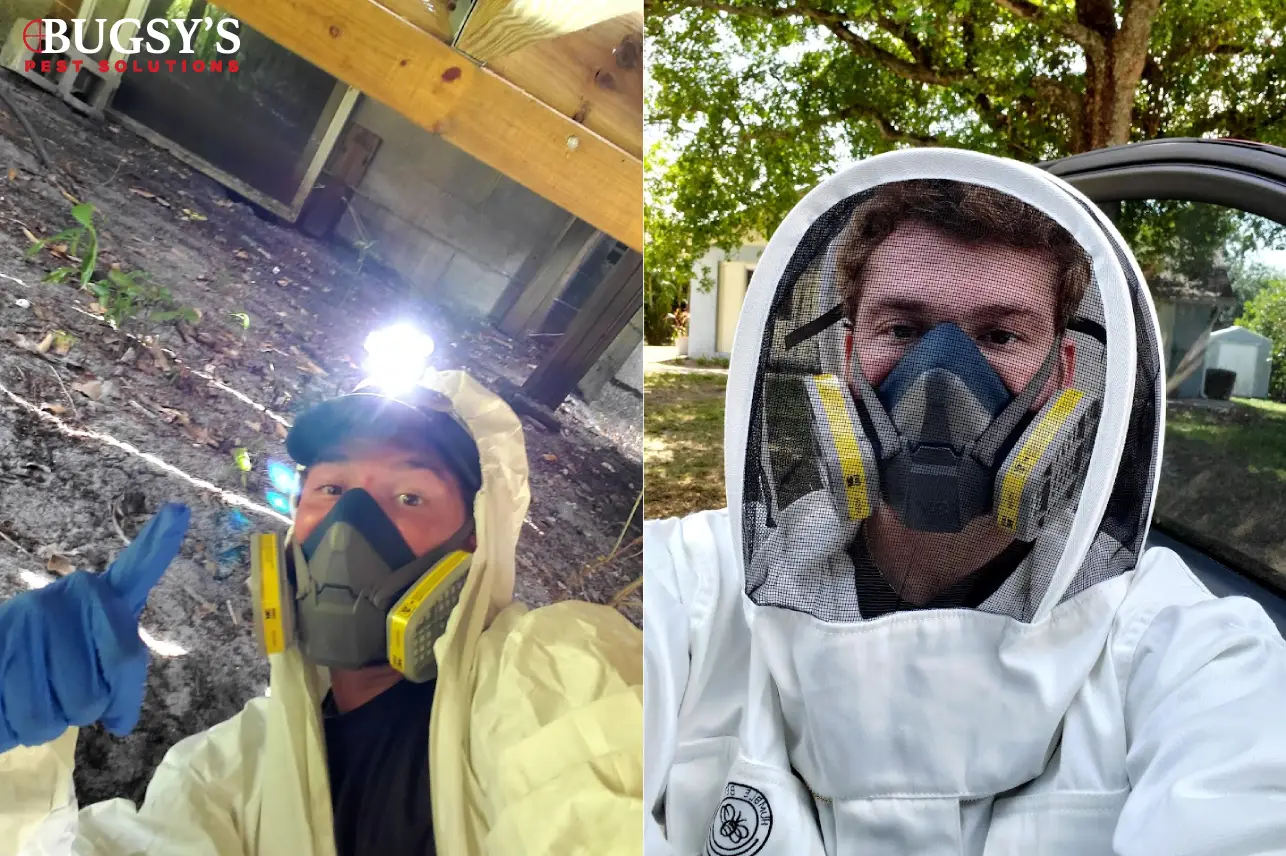
If You Encounter a Swarm
European Honey Bee Swarm:- Remain calm and keep a safe distance (at least 20 feet)
- Don’t make sudden movements or loud noises
- Most swarms are temporary and will move on within 24-48 hours
- Contact a local beekeeper or pest control professional
- Immediately retreat to a safe, enclosed area
- Never attempt to remove or disturb the swarm
- Keep pets and children indoors
- Contact professional pest control immediately
Emergency Response
If attacked by bees:- Run in a straight line– don’t swat or flail
- Seek shelterindoors, in a car, or dense vegetation
- Cover your face and headwhile running
- Don’t jump into water– bees may wait for you to surface
- Seek medical attentionif stung multiple times
Professional Identification and Removal
Why Professional Help is Essential
Distinguishing between European and Africanized bees requires expertise:- Physical identification is nearly impossiblewithout laboratory testing
- Behavioral assessmentrequires professional observation
- Safe removaldepends on proper identification and equipment
- Colony relocationmay be possible for European honey bees
The Bugsy’s Pest Solutions Approach
Ourbee removal and control servicesprioritize safety while considering environmental impact:- Risk Assessment:Evaluate the threat level and bee behavior
- Species Identification:Determine the most likely species based on behavior and location
- Safe Removal:Use appropriate techniques for the species and situation
- Exclusion Services:Prevent future infestations through proper sealing
- Follow-up Monitoring:Ensure complete removal and prevent re-establishment
Prevention and Property Management

Reducing Bee Attraction
Landscape Management:- Remove or relocate attractive flowering plants away from high-traffic areas
- Eliminate standing water sources
- Maintain proper vegetation around the property
- Avoid strong fragrances in outdoor areas
- Seal potential nesting sites in walls, attics, and outbuildings
- Close gaps around utilities and vents
- Repair damaged screens and doors
- Remove old equipment or debris that could harbor hives
Regular Inspections
Property owners throughoutWest Palm Beach,Boca Raton, and surrounding areas should:- Inspect properties quarterly for signs of bee activity
- Look for increased bee traffic around specific areas
- Listen for buzzing sounds in walls or attics
- Check for honey or wax stains on exterior walls
Legal and Environmental Considerations
Protected Species Status
European honey bees are valuable pollinators and often receive protection under local ordinances. Many areas encourage:- Relocation rather than extermination when possible
- Working with local beekeepers for hive removal
- Protecting established colonies when they don’t pose risks
Africanized Bee Management
Due to public safety concerns, Africanized bee colonies typically require:- Immediate professional intervention
- Complete elimination rather than relocation
- Proper disposal of hive materials
- Area treatment to prevent re-establishment
When to Call Professionals
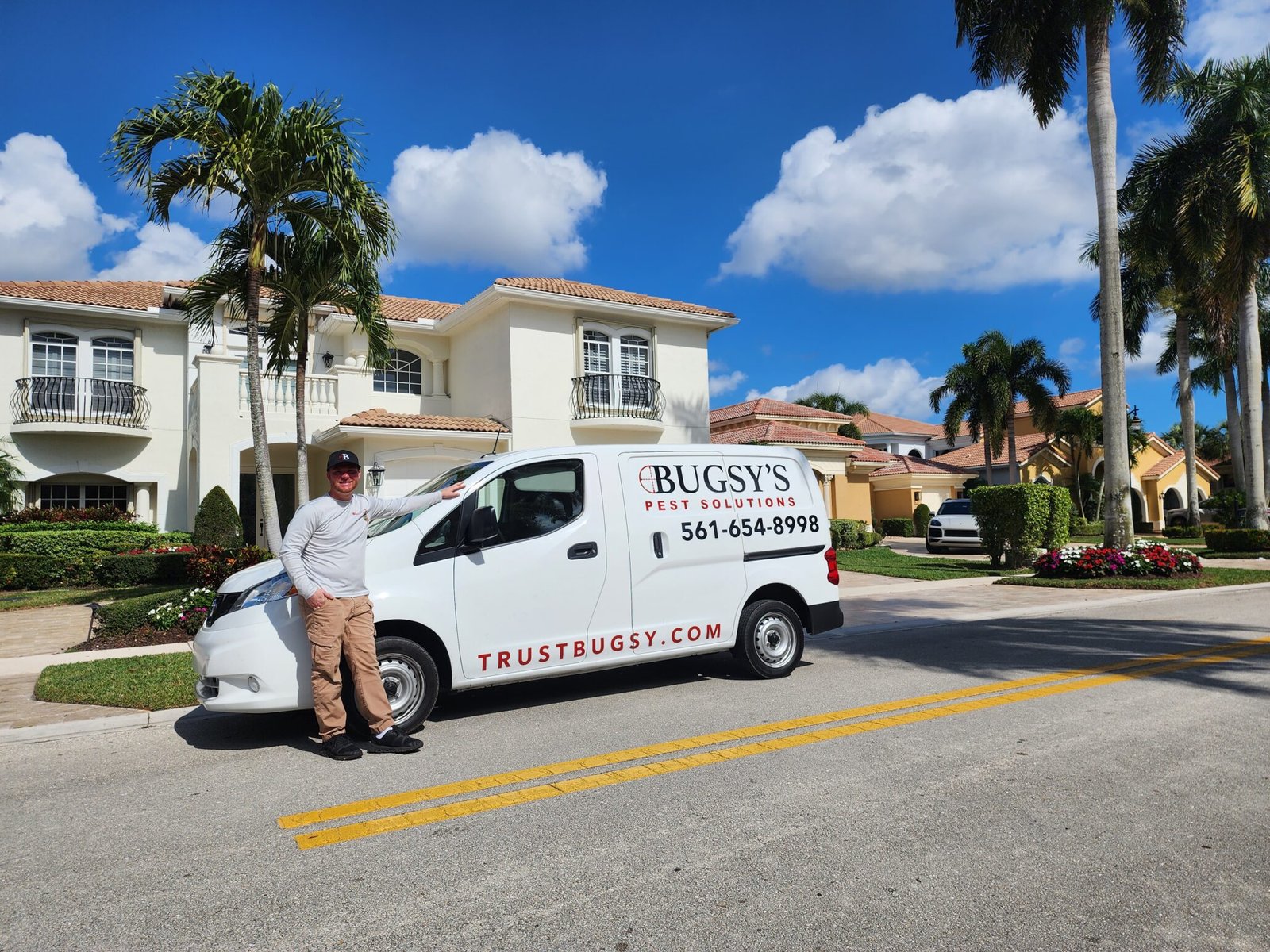
Immediate Professional Help Needed:
- Any bee swarm or established hive on your property
- Increased bee activity around your home
- Suspected Africanized bee presence
- Previous bee problems that have returned
- Bees entering your home’s structure
Emergency Situations:
- Aggressive bee behavior
- Large swarms near high-traffic areas
- Bees inside your home
- Anyone with bee sting allergies on the property
The Bottom Line: Better Safe Than Sorry
When it comes to bee identification and removal in Florida, the stakes are too high for guesswork. While European honey bees are generally manageable, Africanized bees present serious safety risks that require immediate professional intervention.Don’t take chances with your family’s safety. Whether you’re dealing with a small swarm or an established colony, the expert team at Bugsy’s Pest Solutions has the knowledge, experience, and equipment to handle bee situations safely and effectively.Serving West Palm Beach, Broward County & Beyond
Noticing Unusual Bee Activity Around Your Home?
If you’re seeing increased bee traffic, hearing buzzing in walls, or spotting swarms near your property, don’t take chances—especially in South Florida, where both honey bees and Africanized bees are present. Bugsy’s Pest Solutions specializes in safe bee identification and removal, with a focus on protecting your family and preserving the environment when possible.
Call (561) 654-8998 or email contact@trustbugsy.com to request a professional assessment.
We proudly serve Palm Beach, West Palm Beach, Boca Raton, Boynton Beach, and surrounding areas with science-backed solutions and a safety-first approach.

